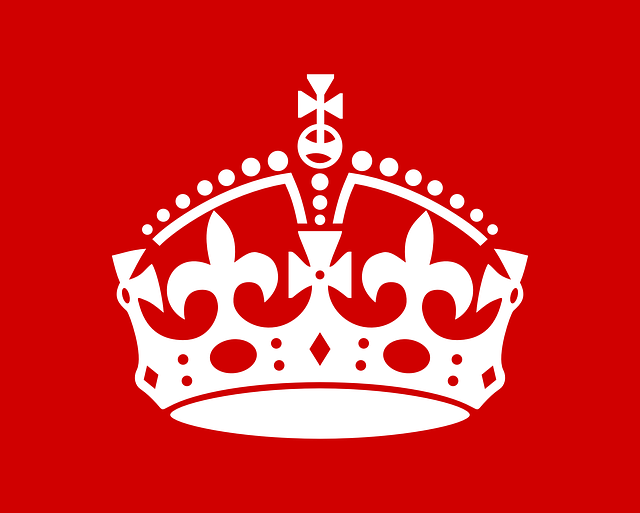Monarchy vs Constitutional Monarchy
While they may appear similar in name, there is a significant difference between monarchy and constitutional monarchy. To understand this difference, it is necessary to first define what each of these terms mean and how they originated. As civilization progressed, human society developed various needs, one of which was the need for order and structure. This led to the creation of governments, including monarchy and constitutional monarchy. It is crucial to identify and distinguish between these two types of government.
What is Monarchy?
Monarchy can be defined as a form of government where sovereignty is held by a single individual, known as the monarch. The monarch’s power may be either actual or nominal, depending on the level of involvement, autonomy, or restrictions they have in governance. There are several forms of monarchy, including absolute monarchy, constitutional monarchy, hereditary monarchy, and elective monarchy. However, when discussing monarchy, it is often assumed that the reference is to absolute monarchy. In this type of government, all decision-making power rests with the monarch. Until the 19th century, monarchy was the most common and popular form of governance worldwide. Today, absolute monarchy is no longer prevalent, having been replaced by constitutional monarchy.
Key Takeaways
- Monarchy is a form of government where sovereignty is held by a single individual, known as the monarch, who holds all decision-making power.
- Constitutional monarchy is a democratic government that has a constitution and a monarch who functions as a non-party political head of state within the limits set by the constitution.
- While both monarchy and constitutional monarchy involve a single individual holding power, the key difference is that in a constitutional monarchy, the monarch’s power is limited and they are bound by the country’s constitution.
